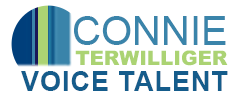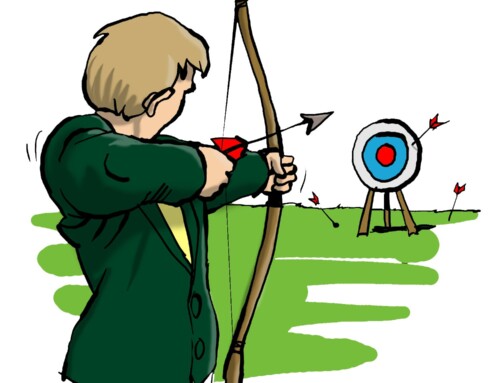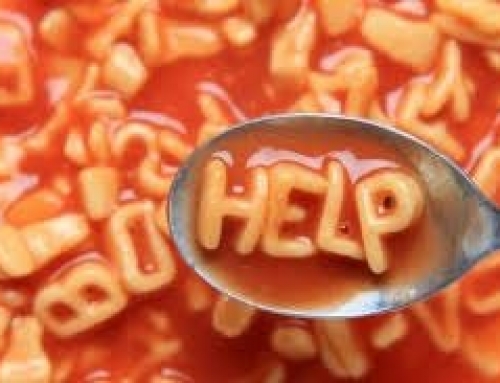I just spent about an hour and a half going through about 50 pounds of paper scripts that have been piling up over the past couple of years. While I would probably read a lot of these scripts right off the screen, during the school semester I usually bring in scripts from sessions to show my students what a professional voice talent may see in the course of a week.
Scripts range from very “formal” radio and TV scripts (with logos and official titles to help the radio and TV stations figure out which spot to run when), to a hasty email with a single line.
Normally, if I am going to work in my ISDN studio, I need to print out the script, as there is no monitor tied to a computer. I may do that one day (add a monitor), but frankly I like to mark the script when I am in a “live” session with a producer. There are always suggested changes or words that they want inflected a specific way. And there are usually script changes. The same process holds true with most of my phone patch sessions – with the producer right there on the line, it is sometimes better to be able to make quick marks on the script as you work together to get the “right” read.
If I am working self-directed, or using Word2Wav or Vox Studio, I usually read off the screen. If I feel that I need to change an inflection, I do it on the fly.
Other kinds of scripts arrive as pdf attachments in both horizontal and vertical formats – sometimes with font so small it is impossible to read. If it is a straight script with no images, it can be fairly quickly cut and pasted into a text editor and then manipulated. But if the pdf contains a storyboard with many images and a few words per image, it takes quite a bit of time to bump it up to something readable. And it isn’t just that the font is small, it is that the copy is so broken up that finding the continuity is difficult.
Word or Text documents are more easily manipulated to bump up font size and correct widows and orphans – and tighten up broken continuity. I receive Excel spreadsheets that need to be converted to tables and then to text for importing into my specialized software (mentioned earlier). PowerPoint presentations are also in the mix – which I usually have been reading off the screen. It is nice to see what it is you are talking about by referring to the image above the notes frame, and printing PowerPoint e-Learning presentations do take a lot of paper! However, since these scripts usually require multiple uniquely named files, it would really be better to find a way to get the notes pages into a Word doc for importing into Word2Wav.
After being sure that I had a notation somewhere of the client, the job, the studio (if one was used – either in person or using ISDN) and the producer, agency or production company, I filled up the giant blue recycle bin about halfway.





Leave A Comment